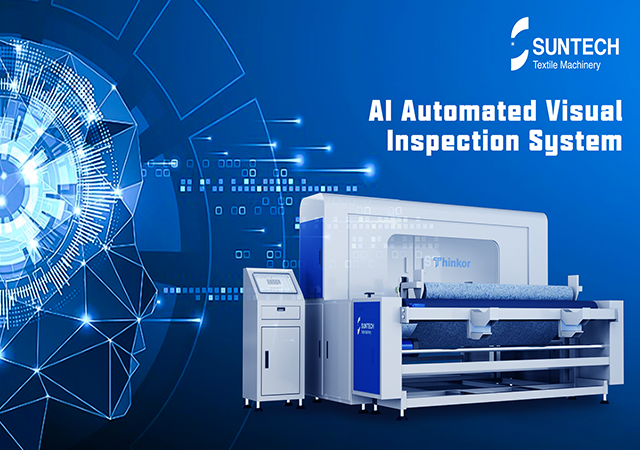In the world of textile manufacturing, the value of the end product hinges on the quality of the fabric used. Any defects present in the fabric can find their way into the final product, resulting in potential rejections and significant losses. To mitigate this issue, ensuring the fabric's quality is of paramount importance before the manufacturing process commences. Traditionally, fabric inspection has been a manual affair, relying on skilled workers who painstakingly scrutinize the material under specialized lighted tables with equipment. However, this method is not without its shortcomings, as it is time-consuming and sometimes allows defects to go unnoticed.
In light of these challenges, the application of Artificial Intelligence (AI) emerges as a game-changing solution. AI technology can execute this task at an accelerated pace, offering remarkable accuracy and tireless performance. By leveraging AI, it is possible to predict the fabric's properties even before the manufacturing phase, utilizing neuro-fuzzy systems or other techniques, using data on the yarn and fabric's construction.

SUNTECH Textile Machinery is at the forefront of this technological revolution with its AI Visual Inspection System, which represents a paradigm shift in fabric quality control. The system's working principle is based on state-of-the-art algorithms and computer vision technology designed to pinpoint and classify defects and irregularities in the fabric.
Here's a breakdown of how the AI camera fabric inspection system operates:
Capture Images: The system uses cameras or sensors to capture high-resolution images of the fabric.
Pre-Processing: The captured images undergo pre-processing to eliminate noise, optimize lighting, and enhance contrast, ultimately improving the accuracy of defect detection.
Defect Detection: Advanced algorithms and computer vision technology analyze the pre-processed images to identify defects in the fabric, comparing them against predefined defect types, shapes, and sizes.
Defect Classification: Once defects are identified, they are classified into various types, such as holes, stains, or weave defects.
Display and Reporting: The system displays the location and type of detected defects on a monitor for operator review. This information can also be stored and reported for process improvement.
What sets the smart visual inspection system apart is its continuous learning capability. It uses AI and machine learning techniques to enhance the accuracy and speed of defect detection over time.
The advantages of automating the quality control process are evident. By collecting data through the smart visual inspection system, textile manufacturers can expand the range and yield of their products, prevent critical defects, and halt production lines before they produce unnecessary waste.
Although many quality inspection workflows are still reliant on manual processes due to concerns about the accuracy and trust in human workers, today's technology offers a myriad of advantages. SUNTECH's Smart Visual Inspection System, particularly the ST-Thinkor model, sets new standards in fabric quality control.
Key Features of ST-Thinkor :
High Intelligence, 24/7 Monitoring: Reduces dependence on human workers, ensuring stable production with unwavering attention.
High Efficiency, Speed, and Precision: Offers a fourfold increase in inspection speed compared to manual methods, while achieving a 30% boost in inspection accuracy.
Labor and Cost Savings: Replaces multiple human inspectors, significantly reducing labor costs.
Seamless Integration: Compatible with ERP/SAP systems for convenient scalability.
With over 50 years of experience in textile machinery manufacturing, SUNTECH's track record and performance history with the ST-Thinkor and other product lines speaks for itself. SUNTECH provides the textile industry with cutting-edge solutions, enabling its customers to stay at the forefront of fabric quality control and production efficiency.




